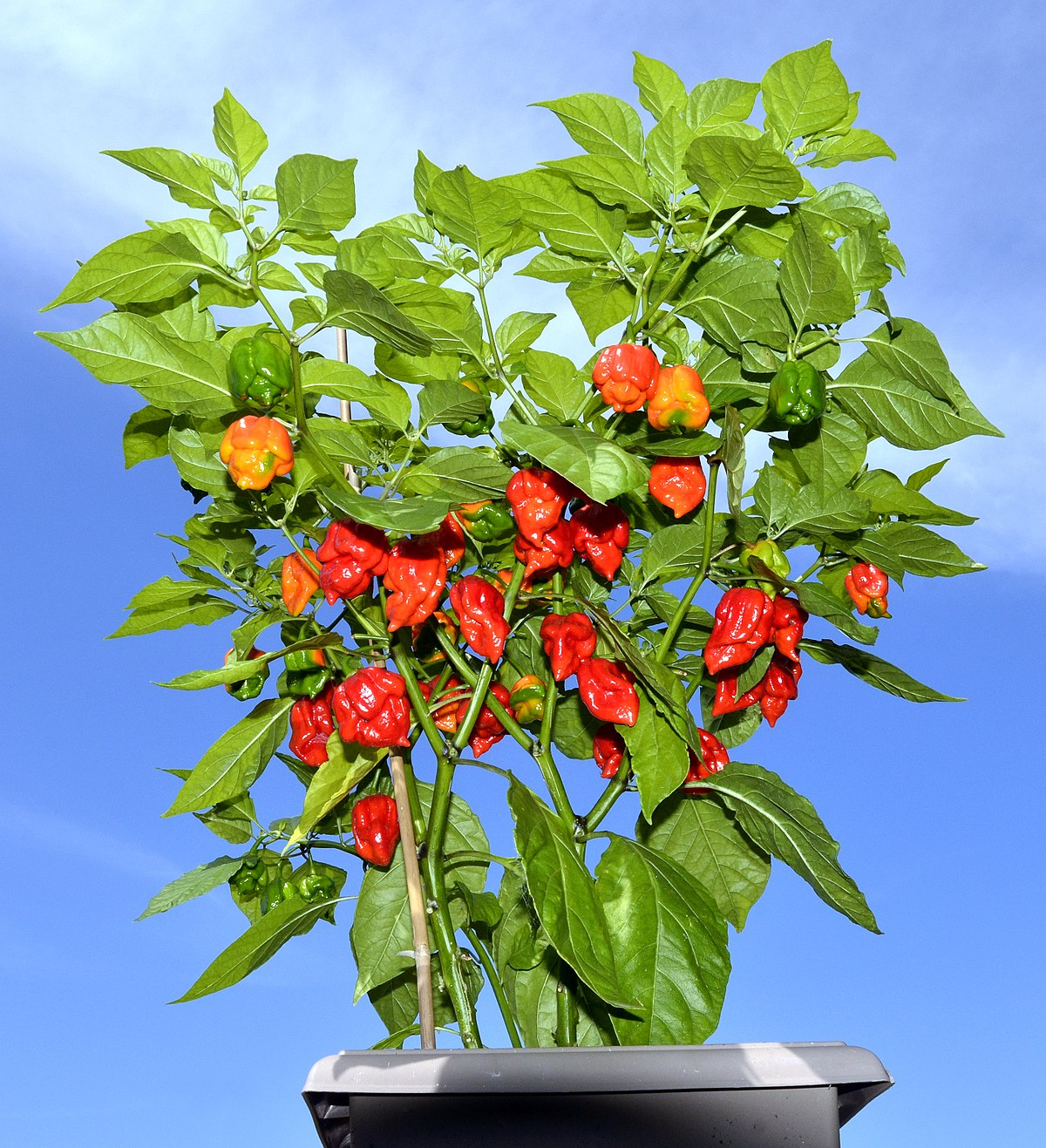The ghost pepper is said to be hybrid chinense and frutescens.
Are all superhots hybrids? Do all superhots descend from the ghost pepper?
Are all superhots hybrids? Do all superhots descend from the ghost pepper?
You pose a very interesting question. To answer that even in part, I would have to explain that many hybrids such as Wartryx, C3P0, etc. are the result of insects so the real ancestry is not really known. When you see vendors selling hybrids with a known ancestry and an unknown hybridizer... your brain should kick in and say... How do we know the hybrid if we don't even know who created it? With that being said, hybrid is a relative term and what is taught as known is often far from it.The ghost pepper is said to be hybrid chinense and frutescens.
Are all superhots hybrids? Do all superhots descend from the ghost pepper?


I might be missing something in this paper. When you say all superhots,are you referring to all that they knew of at the time this was written? Or is there another paper?You are correct. All superhots (peppers with capsaicinoids produced in the pericarp rather than just placenta) are chinense with an introgression of frutescens genetics.
This is the paper which proved it (and invalidated the erstwhile assamica).
It is important to note that there is no indication whatsoever that this frutescens introgression has anything to do with the superhot phenotype. It is most likely nothing more than a coincidence. The superhot mutation could even have originated before that introgression.
